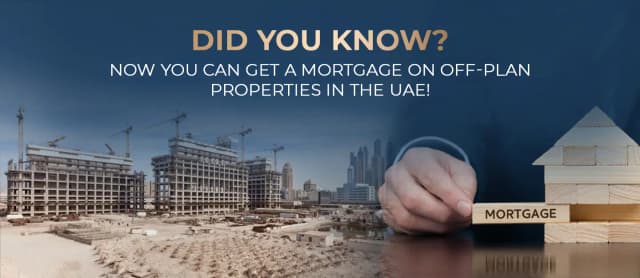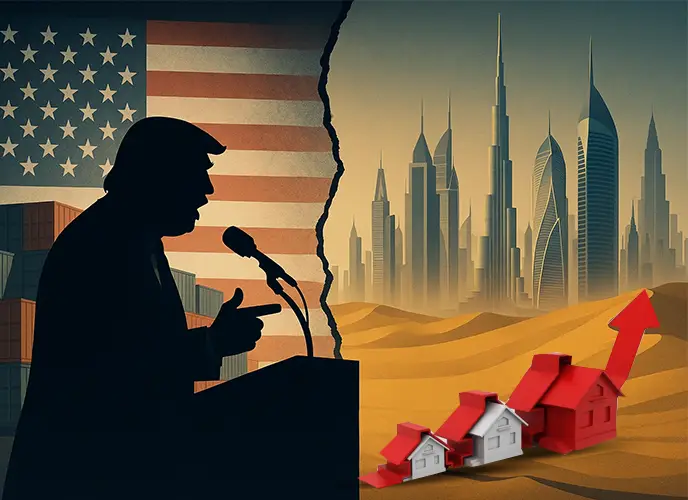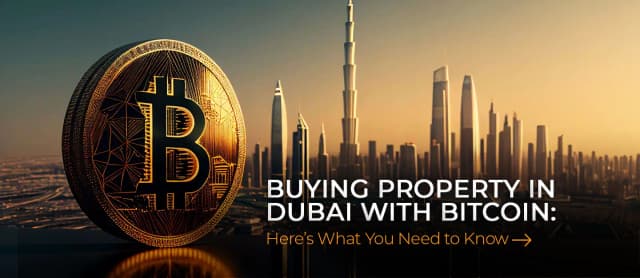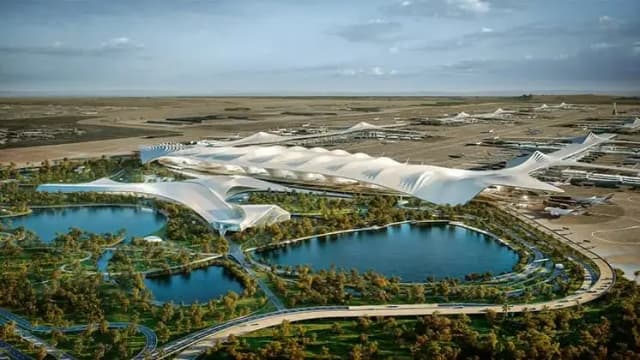This comparison becomes especially critical in areas like Dubai Silicon Oasis (DSO) — a unique master‑planned free-trade zone known for its integrated live‑work‑play environment. But how does investing or living in DSO Free Zone properties differ from non‑free zone options in terms of ownership structure, legal aspects, property value, rental yield, and lifestyle? Let’s dive deep.
1.
Ownership & Legal Structure
Free
Zone (DSO)
- 100 %
Foreign Ownership: Companies and individuals can own property outright
without needing a UAE national sponsor.
- Leasehold vs Freehold:
- Historically, most DSO residential
properties (apartments, villas) were leasehold, typically with 99-year
terms.
- A few developments like Cedre
Villas allow freehold.
- There’s growing momentum to convert leasehold buildings to freehold, but conversion is at the building level and is not guaranteed.
Non-Free
Zone (Mainland)
- Stricter Foreign Ownership: Although
UAE reforms now allow 100% ownership across many sectors, mainland real
estate still usually requires RERA‑regulated structures and local
sponsorship for businesses.
- Freehold Areas: Vast urban zones like Downtown, Business Bay, and Dubai Marina offer freehold for both locals and expats, with full ownership rights and inheritance privileges.
2.
Licensing & Business Opportunities
DSO
Free Zone
- Ideal for tech companies, startups,
R&D, and e‑commerce firms. Over 3,000 tech companies and 900+ startups
operate at DSO by 2020.
- Benefits include 0 % corporate and personal
tax, 100 % profit
repatriation, streamlined setup, and flexible visas.
- Licensing is limited: activities must align with zone regulations. Core real estate services (brokerage, property management) require a mainland license.
Mainland
- Broader licensing scope: businesses
can engage directly with government bodies, public tenders, and offer real
estate services under proper RERA certification.
- Setup is more complex, including mandatory office requirements and local partner involvement for non–100 % foreign entities (unless exempt).
3.
Infrastructure, Amenities & Lifestyle
Dubai
Silicon Oasis (Free Zone)
- Designed as a technopolis: smart
roads, high-speed internet, data centers, business parks (e.g., Dubai
Digital Park), and residential towers
- Residential units range from studios
to villas, with affordable rent (studio ~ AED 41k/year; 3-bed apartment ~
AED 115k/year)
- Community features include 80+ eateries, malls, schools (GEMS, Indian International, Repton), universities (RIT, Heriot-Watt), parks, clinics, and a smart police station
Mainland
Urban Zones (Non-Free Zone)
- Offer vibrant lifestyle: malls,
family attractions, fine dining, beaches, nightlife, metro access, and
proximity to business centers.
- High-end infrastructure and luxury
amenities come at significant premium rent and purchase prices.
- Transportation is well-developed, with metro lines and frequent bus services.
4.
Property Prices & Rental Yields
Dubai
Silicon Oasis
Rental
Yields:
- As of 2024:
Rental Rates (2025):
|
UNIT
TYPE |
ANNUAL
RENT |
|
Studio/
1 BR |
AED
45K - 57K |
|
2 BR |
AED
80K |
Sales
Prices & Appreciation:
- Median price per sqft climbed from
AED 762 in Apr 2023 to AED 1,310 by Oct 2023—a ~72% jump. However, saw a
~22% correction in the latter half of 2024
- Transactions rose ~45%, with ~14%
annual capital appreciation
- Current prices: studios ~ AED 410k; 1‑bed ~ AED 606k
- apartments start ~ AED 730k for newer projects
Mainland
(Central Areas)
- Rental yields typically range from 5 % to 7 %, though prime luxury
properties may yield less.
- Price per sqft varies greatly:
- Downtown or Marina: AED
2,000–3,500+ at prime towers.
- Uptown or business districts often range AED 1,200–2,000+ depending on luxury level and amenities.
5.
Lifestyle & Resident Insights
- Affordable community living with
excellent connectivity to highways and central Dubai.
- Family-friendly, with ample green space, schools, universities, and quiet residential streets.
- Strong sense of community: events,
outdoor markets, and ongoing development of facilities (e.g., Silicon
Central Mall renovations)
- Tech-centric ecosystem: proximity to major multinational firms (HP, IBM, Dell, Cisco, Nvidia) and startup incubators
6. Free
Zone vs Non-Free Zone Summary
|
Feature |
DSO
Free Zone |
Mainland
(Non-Free Zone) |
|
Ownership |
100%
foreign; mostly leasehold, some freehold |
Freehold
in many areas, with full ownership |
|
Licensing/business
scope |
Limited
to zone-approved activities; no gov contracts |
Broad
licenses, government interaction enabled |
|
Taxes
& Fees |
0%
tax, full profit repatriation |
Mainland
fees apply; personal/business tax varies |
|
Setup
& Registration |
Simplified,
streamlined |
More
complex, especially for businesses |
|
Infrastructure |
Tech-focused,
integrated residential hub |
Urban,
high-end infrastructure and transit |
|
Rental
Yield |
~9.3%
(high) |
~5–7%
typical |
|
Property
Prices |
Mid-market:
AED 410k+;
AED 1,310/sqft
median |
Premium:
AED 2k–3.5k+/sqft depending on area |
|
Lifestyle
& Amenities |
Family
vibe, limited nightlife |
Vibrant
nightlife, leisure, luxury lifestyle |
|
Transportation |
Car
needed; metro by 2029 |
Well-developed
public transit (metro, buses) |
The DSO
Free Zone offers a compelling alternative for tech-savvy investors, businesses,
and families seeking cost-effective living and strong rental income, with the
added perks of a futuristic, mixed-use environment. Still, it comes with
compromises: transport options, limited urban flair, and leasehold
uncertainties.
Meanwhile,
mainland freehold properties in central districts bring ownership security,
access to luxury living and top-tier transit, but at higher entry prices and
comparatively lower rental yields.
With
informed evaluation of ownership structure, licensing, finances, and lifestyle
fit, you’re well-equipped to decide where to invest or live: the innovative‑forward
precinct of Dubai Silicon Oasis Free Zone, or the dynamic, fully-fledged
mainland urban communities.



